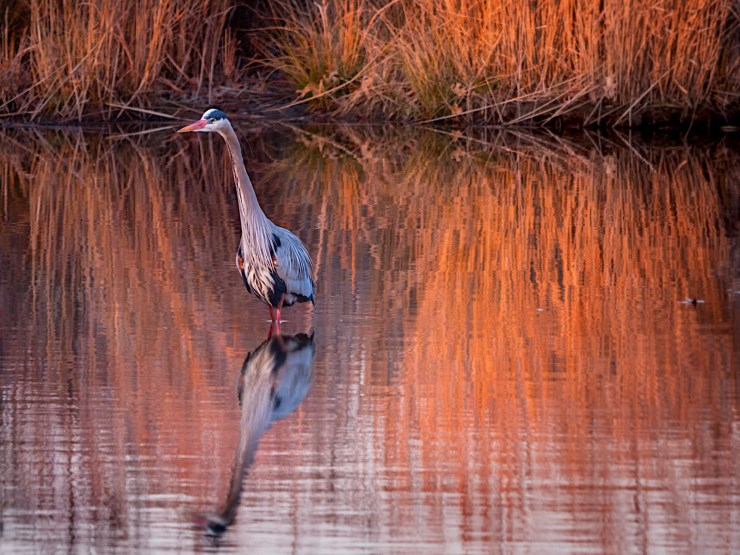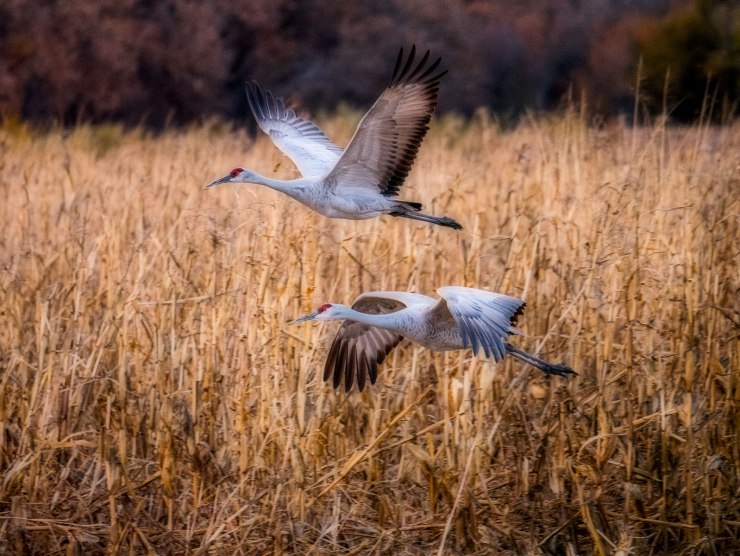Bird photography or photographing birds can be quite challenging. Why you ask? Birds are everywhere. It’s a piece of cake to make bird images.
Well, yes and no. It’s easy to acquire a photo of the avian species. It’s quite another to get a good or even excellent capture. Read on and I’ll give you some ideas to improve your number of keepers from a session as well as the one word, which will allow you to create more striking images.
What’s the one word for better bird photography?
Patience. In my opinion, learning to have patience in your bird photography will make you a stronger image-maker. There’s a tendency to get to a location, or to start photographing a new species, and begin immediately pressing the shutter button. You should take some time and study the behavior of your subject. Watch the movements for clues of when to shoot.

Many birds tend to take off into the wind, especially the larger ones such as herons and great white egrets. Many species will defecate just before taking off. Hummingbirds will generally fly to the exact same branch just before feeding. They will approach the feeder and hover momentarily at the same position on return visits. Some birds will leap up to begin flight while others will use gravity to accelerate into motion.
With knowledge such as that, you can anticipate the exact moment to capture a bird beginning flight. While gorgeous portraits can be made I find that capturing moments of behavior tend to be more interesting.
Patience. Study photographs of your target birds before ever going on location. When you arrive at a target rich environment spend time observing behavior. Leave the camera down for a while. Look some more at your prey. This may even mean coming home not with photos, but with new knowledge for future sessions. Only when you can begin to anticipate the movements of your subject is it time to bring the camera up to your eye. Ultimately, you will become a better bird photographer faster if you practice patience.
What gear should you use?
As a former Panasonic Lumix Ambassador, I had access to grow with the advent of mirrorless micro four-thirds camera gear. That is where most of my experience lies so that’s what I share.
Many improvements came with mirrorless systems. Smaller, lighter bodies and lenses were a huge change to help photographers in the field. Better electronic image stabilization built into the cameras and lenses has led to being able to handhold the camera in situations that, in the past, would absolutely require a tripod for bird photography.

I became a much better bird photographer when I acquired a longer lens. Being able to have a subject fill a large portion of the sensor even when at a distance means not disturbing the subject. There’s a tendency for birds to take to the wing when you get inside their comfort zone.
I used the Lumix GX85 (B&H | Amazon) for the image above. When the Leica 100-400mm f/4.0-6.3 (B&H | Amazon) came out, I bought it. Since the sensor is half the size of full-frame cameras, the weight of the glass is relatively light as well. I can handhold this lens at 1/60s or 1/125s or less and still acquire sharp photos. This is a combo that has a similar reach to an 800mm full-frame at less than four pounds.
With all that said, you can use any gear that fits your needs. All of the ideas, except for maybe the light weight and hand-holding, I share are cross-platform. Canon, Nikon, Olympus, Fuji and Sony are all wonderful pieces of technology.
What’s next?
I’ve got some more ideas on creating solid bird photography. Field tips, places to find subjects and processing ideas coming soon!
Yours in Creative Photography, Bob
Tell your story with the second annual Visual Storytelling Conference!
Experience four days of interactive, online training sessions featuring a range of educational content with experienced photographers and content creators. This free event kicks off with a series of technical boot camps to build essential skills, followed by live, online sessions on photography, video, business and social media. Join live from March 10-13, 2022!
